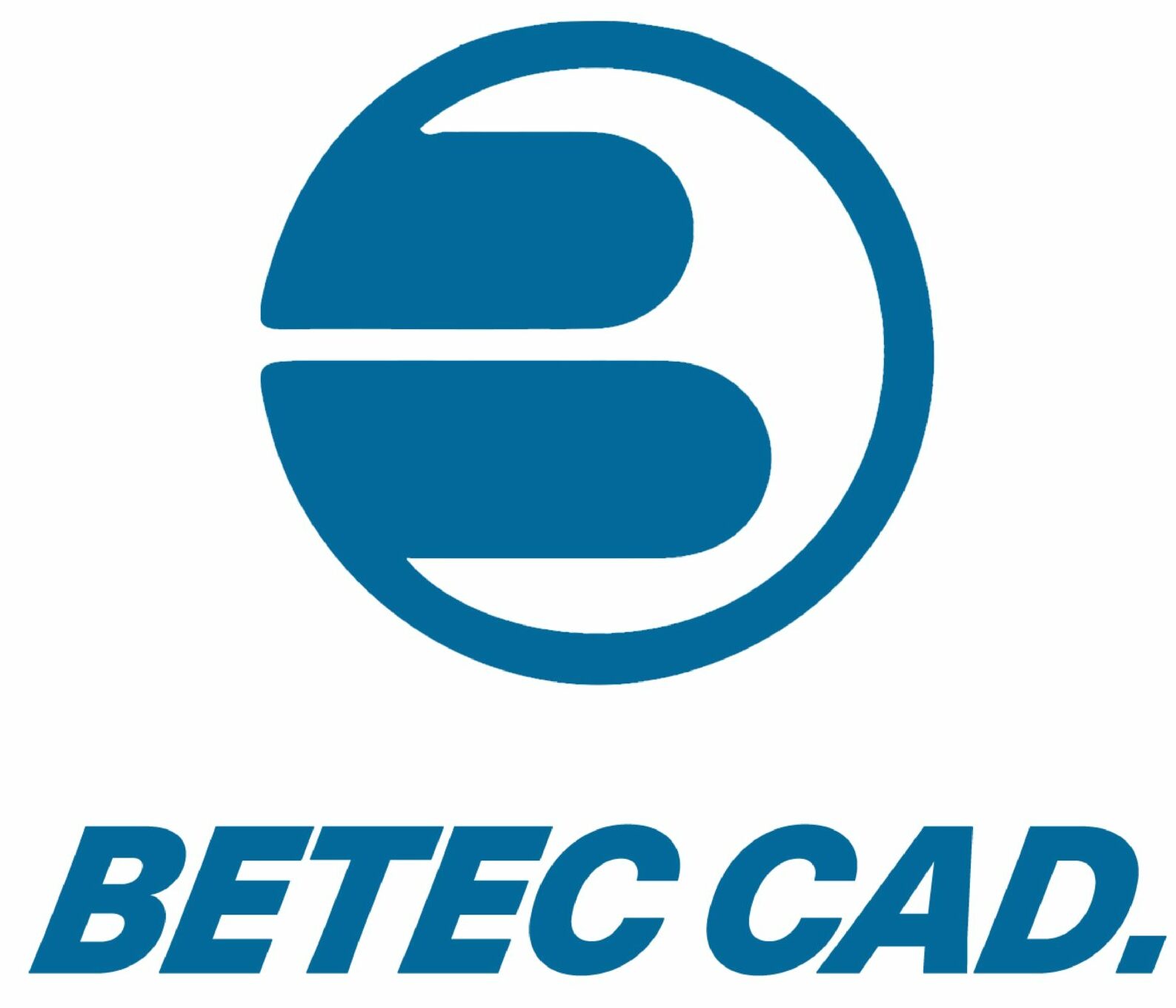Variable Air Volume (VA V) systems are one of the most commonly used systems in HVAC systems, and they have their benefits and drawbacks. Herein the benefits and drawbacks of implementing VAV systems are discussed to assist individuals in making the right decisions for their buildings regarding heating, ventilating, and air conditioning.
What is a VAV System?
A VAV system stands for Variable Air Volume; the airflow varies depending on the heating/cooling requirements of the building areas. While CAV continually supply a specific rate of air as required, this is counter to the operation of Variable Air Volume systems which can alter the rate of supply air while controlling the temperature. This flexibility can be advantageous especially when it comes to large buildings since they have almost all the segments that one may think of.
Pros of VAV Systems
Energy Efficiency
A marvellous quality of VAV systems is energy efficiency. Compared to the constant supply air systems, the energy consumption in the VAV systems is less because the airflow rate is controlled by the demand. This not only pays less in bills but also makes a positive difference in the kind of structures that are put up. This means that the system can adapt to the different conditions and thus should be adopted in both residential and commercial properties.
Improved Comfort
Another apparent advantage that VAV systems provide over other HVAC systems is probably the precise control of the indoor climate. All the zones are separable and the temperature can be controlled individually, so the occupants can set it according to their convenience. A high degree of control can obviously raise comfort levels; office and home environments can be improved by this kind of control.
Sound Attenuation
Another pro of VAV systems is the ability to reduce noise levels. These systems can incorporate sound attenuation measures, which minimize the noise generated by air movement and equipment. This is especially important in settings like offices or hospitals where a quiet environment is crucial.
Integration with Other HVAC Components
VAV systems can be easily integrated with other HVAC components like duct heaters, smoke dampers, and fire smoke dampers. For instance, duct heaters can be installed in the system to provide additional warmth during colder seasons, ensuring comfort without requiring a separate heating system. Similarly, incorporating smoke dampers and fire smoke dampers enhances safety by preventing the spread of smoke and fire through the ductwork in case of an emergency.
Few other Benefits of VAV systems:
Scalability: VAV systems are scalable, making them ideal for buildings that may expand or change usage over time. The system can easily adapt to new demands without requiring significant modifications.
Adaptability to Smart Systems: VAV systems can be integrated into smart building management systems, allowing for advanced control, monitoring, and automation, which can lead to optimized performance and additional energy savings.
Future-Proofing: The flexibility of VAV systems ensures they can accommodate future changes in building layout or occupancy, maintaining efficiency and comfort without major upgrades.
Customizable Zoning: VAV systems allow for highly customizable zoning, enabling specific areas to have tailored airflow and temperature settings, which is particularly useful in buildings with diverse functional spaces.
Conclusion
VAV systems offer a range of benefits, including energy efficiency, improved comfort, and sound attenuation. They are also highly adaptable, integrating well with other HVAC components like duct heaters and fire smoke dampers. However, they do come with some drawbacks, such as higher initial costs, complex maintenance, and the potential for uneven air distribution.
When considering a VAV system for your building, it’s essential to weigh these pros and cons carefully. With the right design and maintenance, a VAV system can provide a comfortable, efficient, and safe environment for occupants. For those interested in advanced HVAC solutions, including VAV systems and related components like smoke dampers and fire-rated doors, Betec Cad offers a range of products designed to meet your needs.

